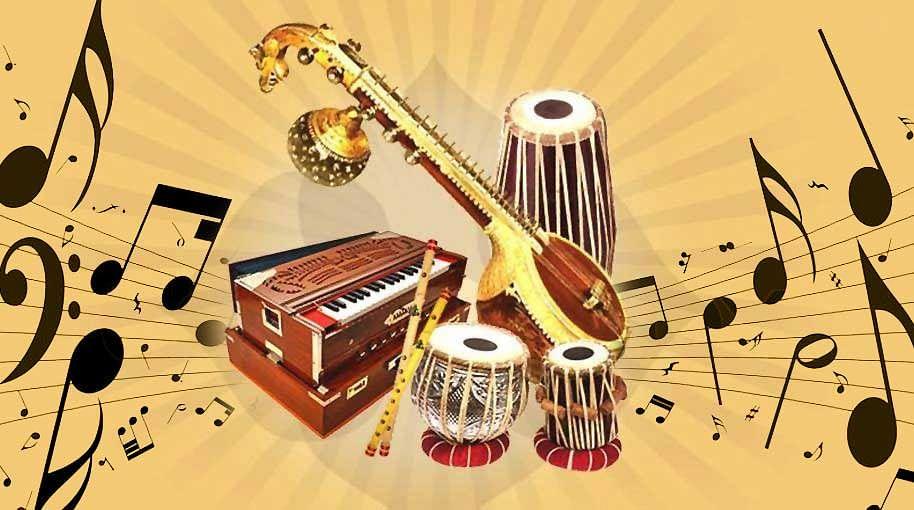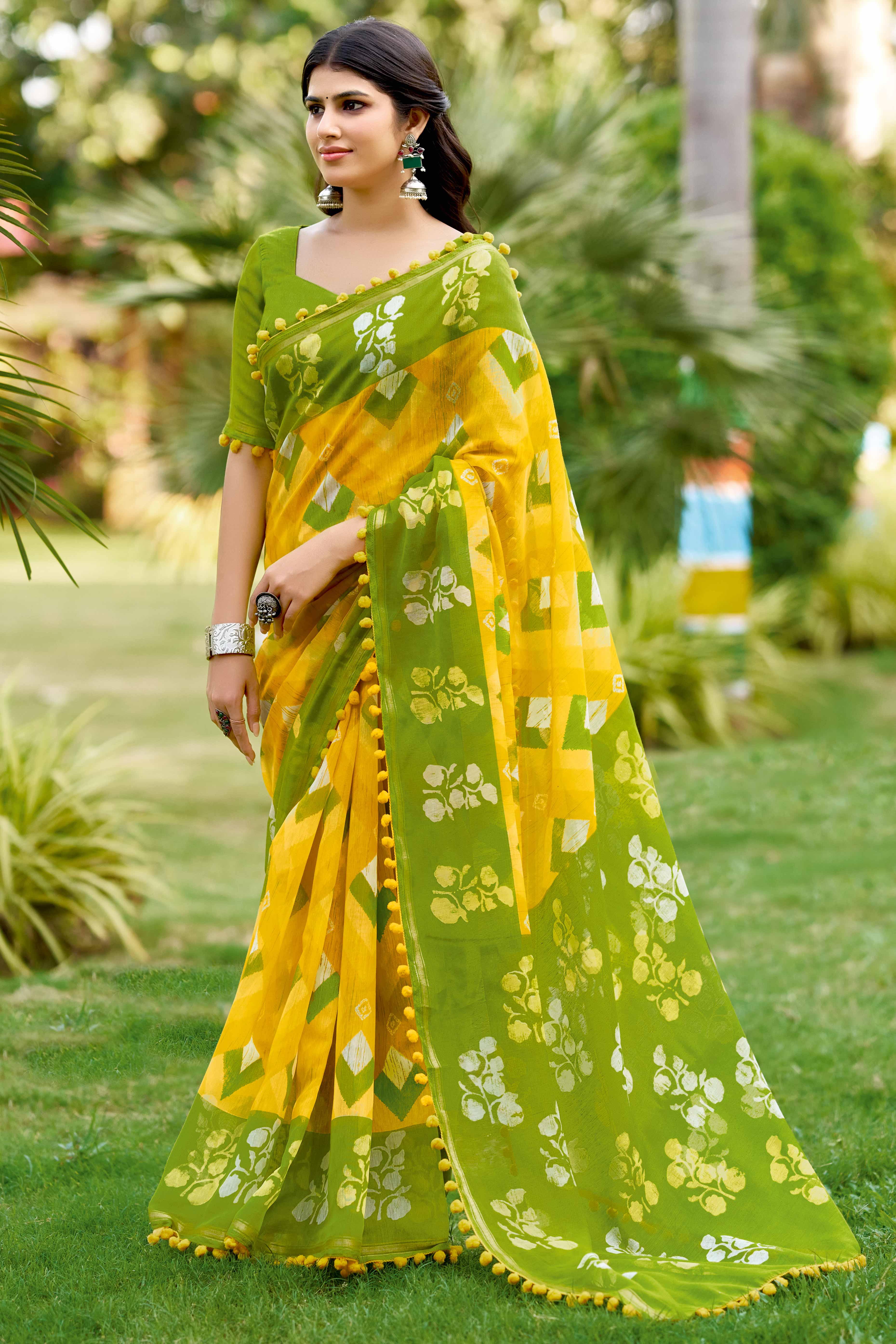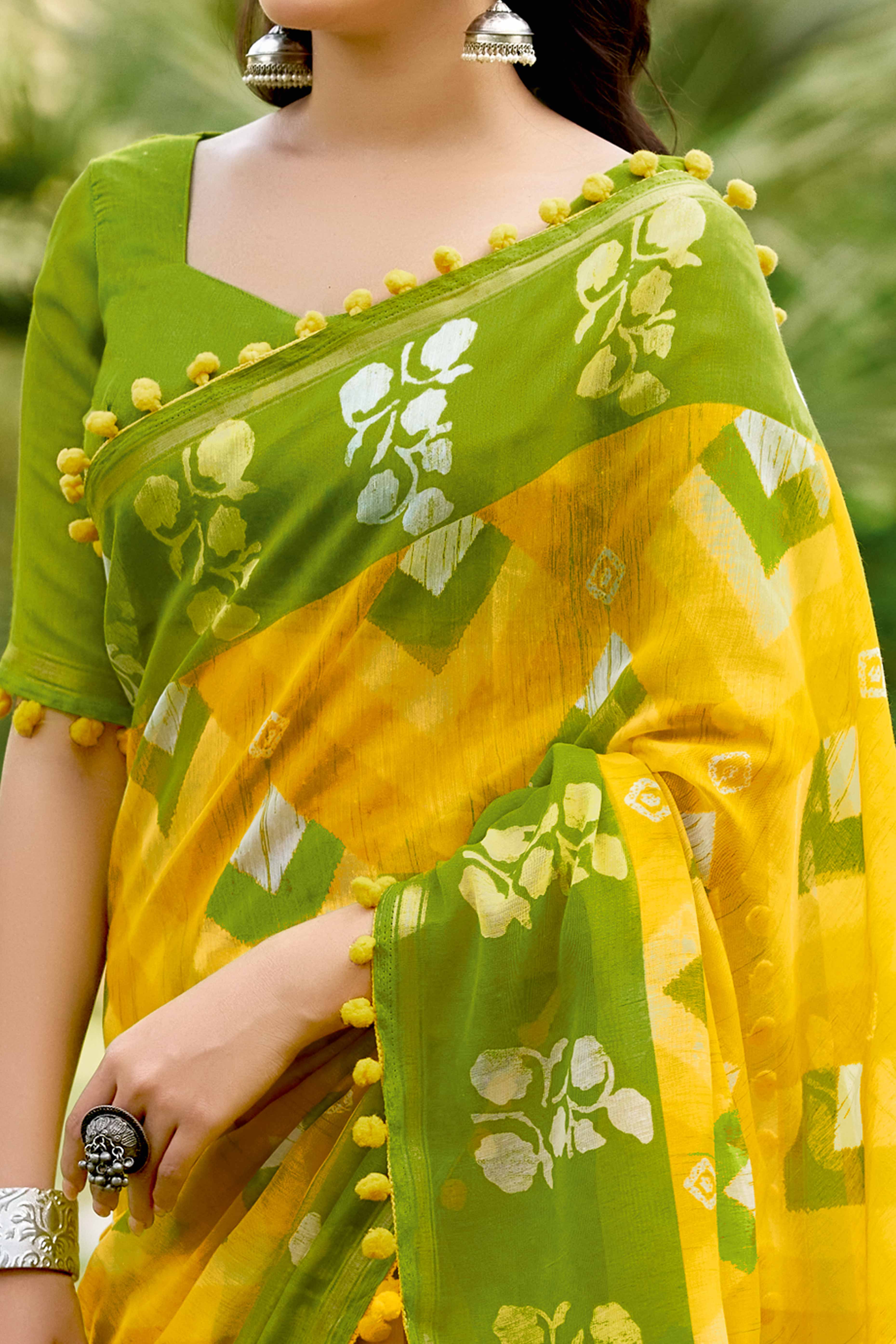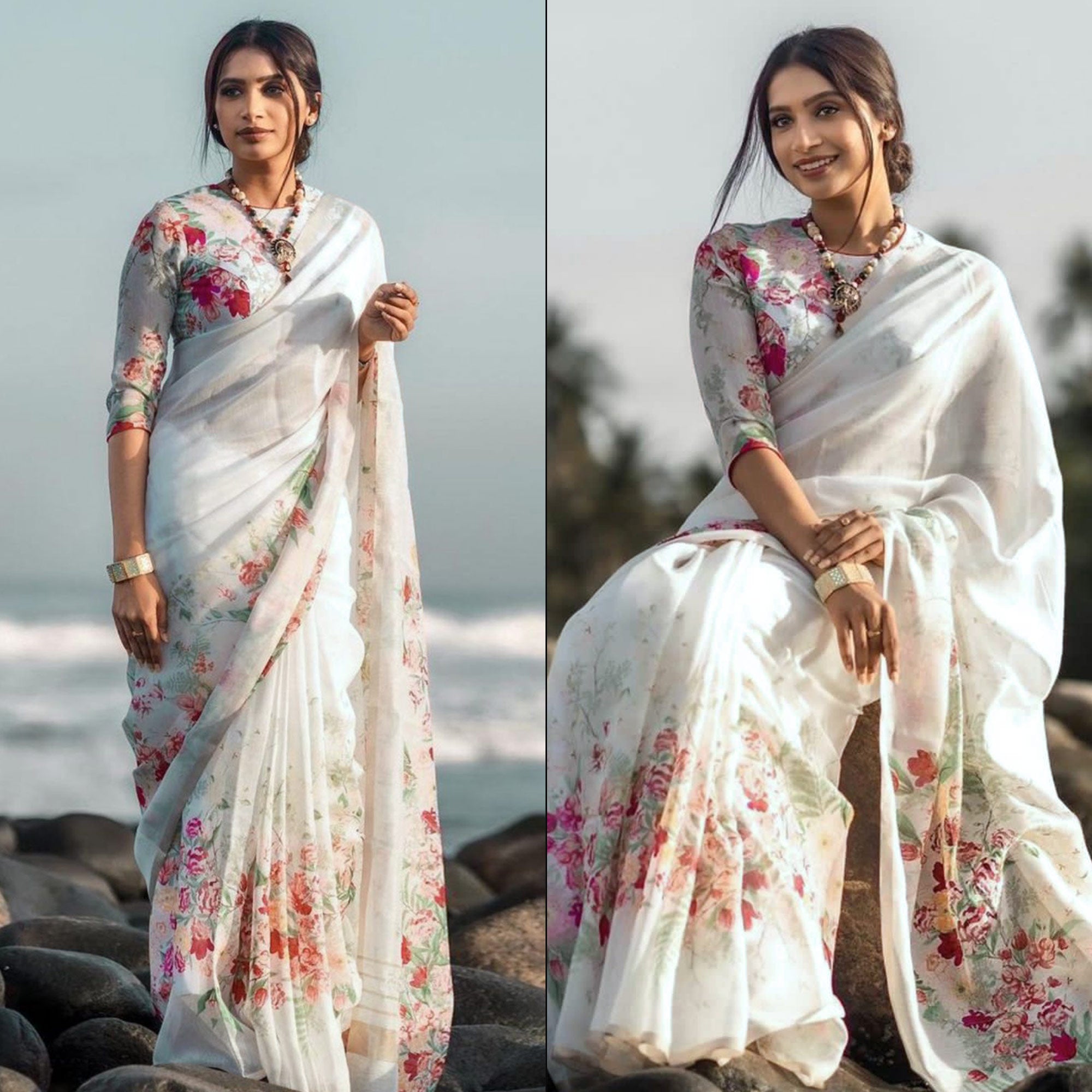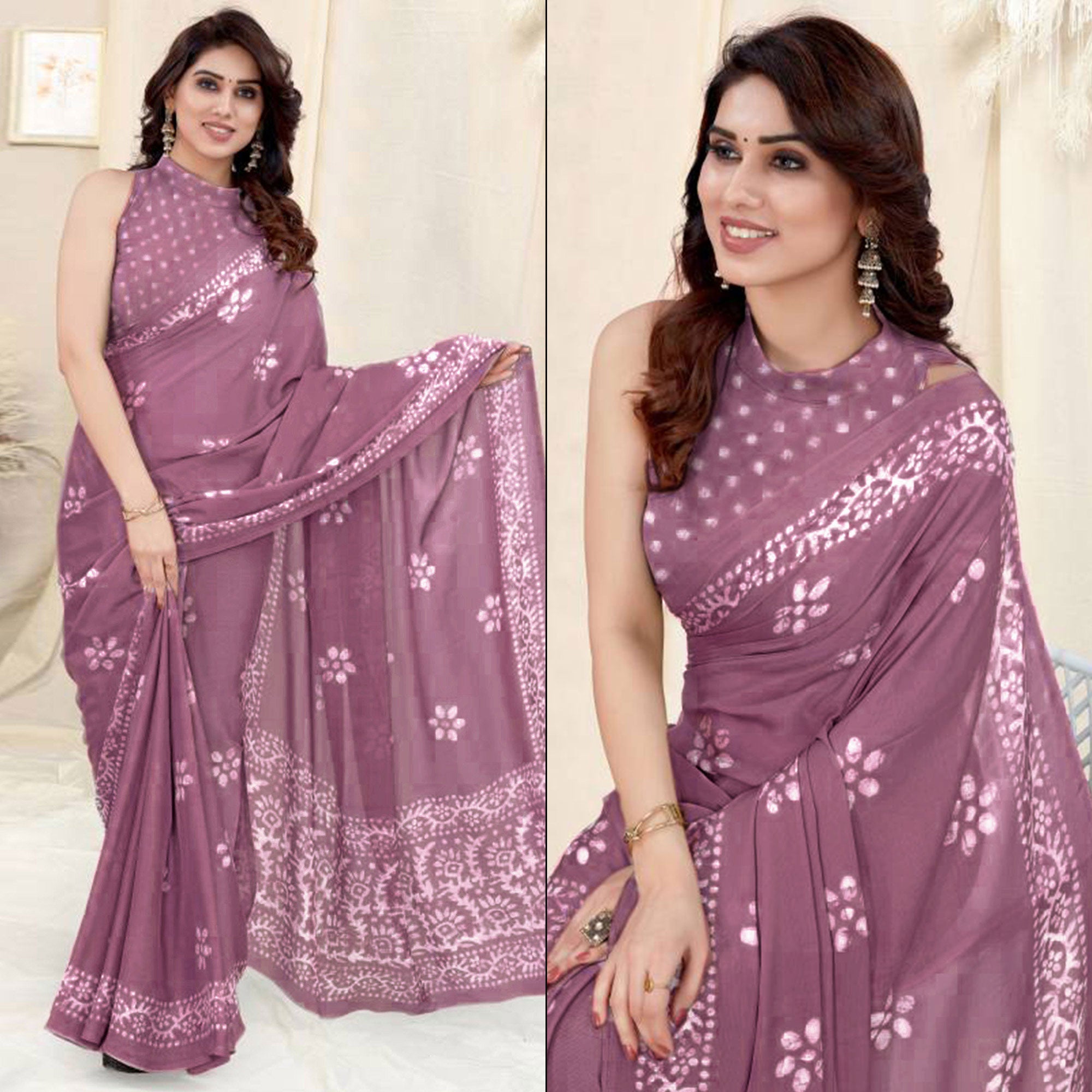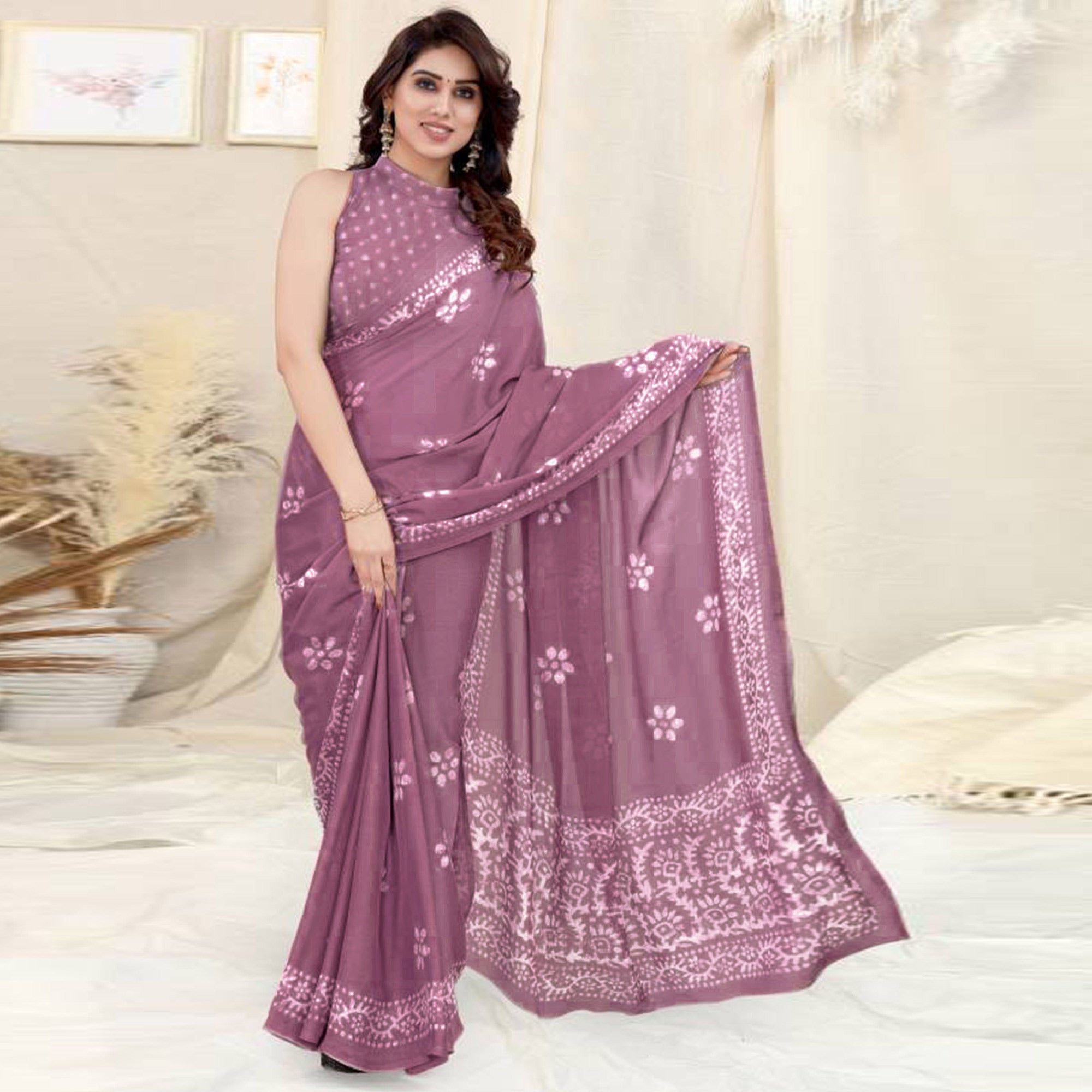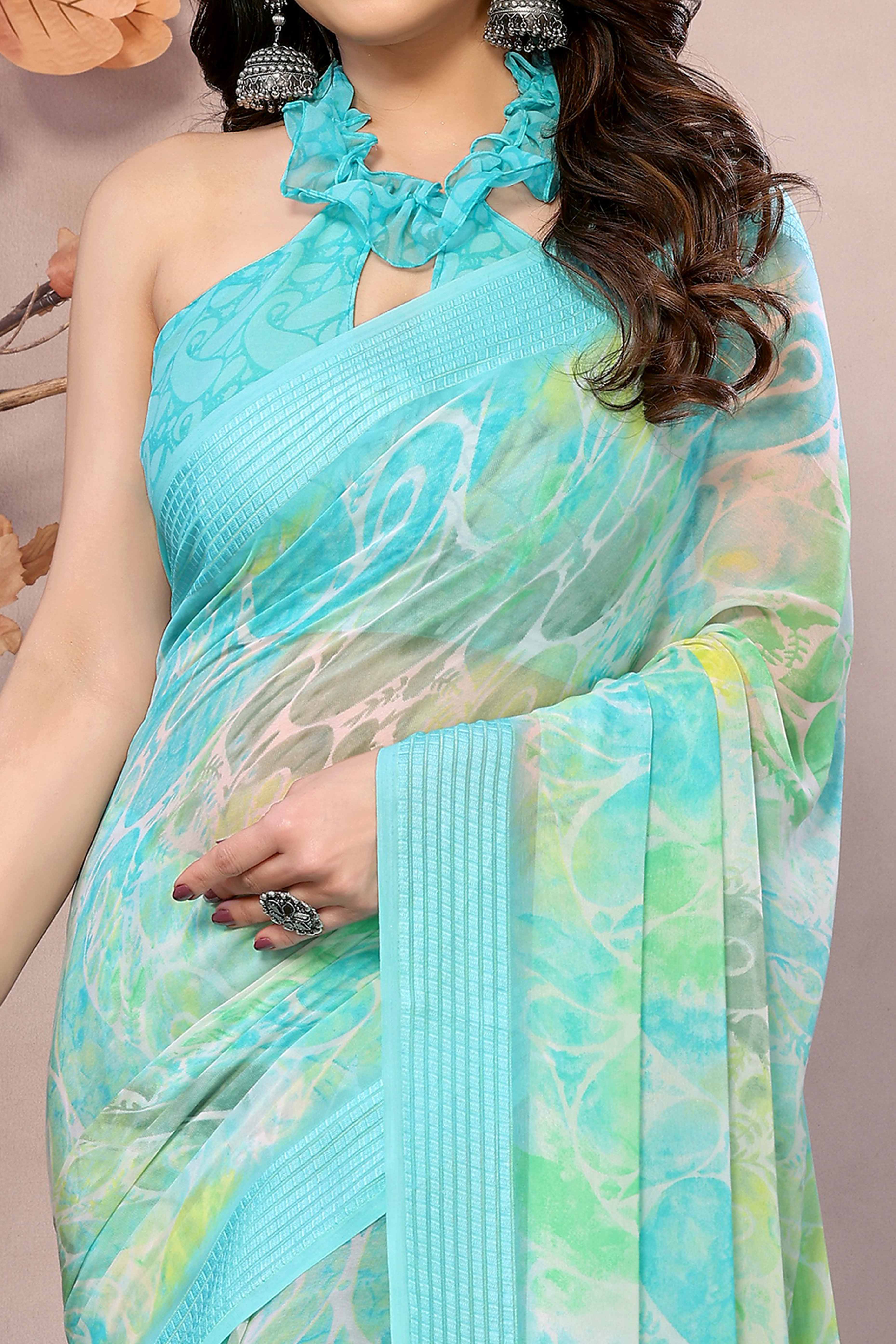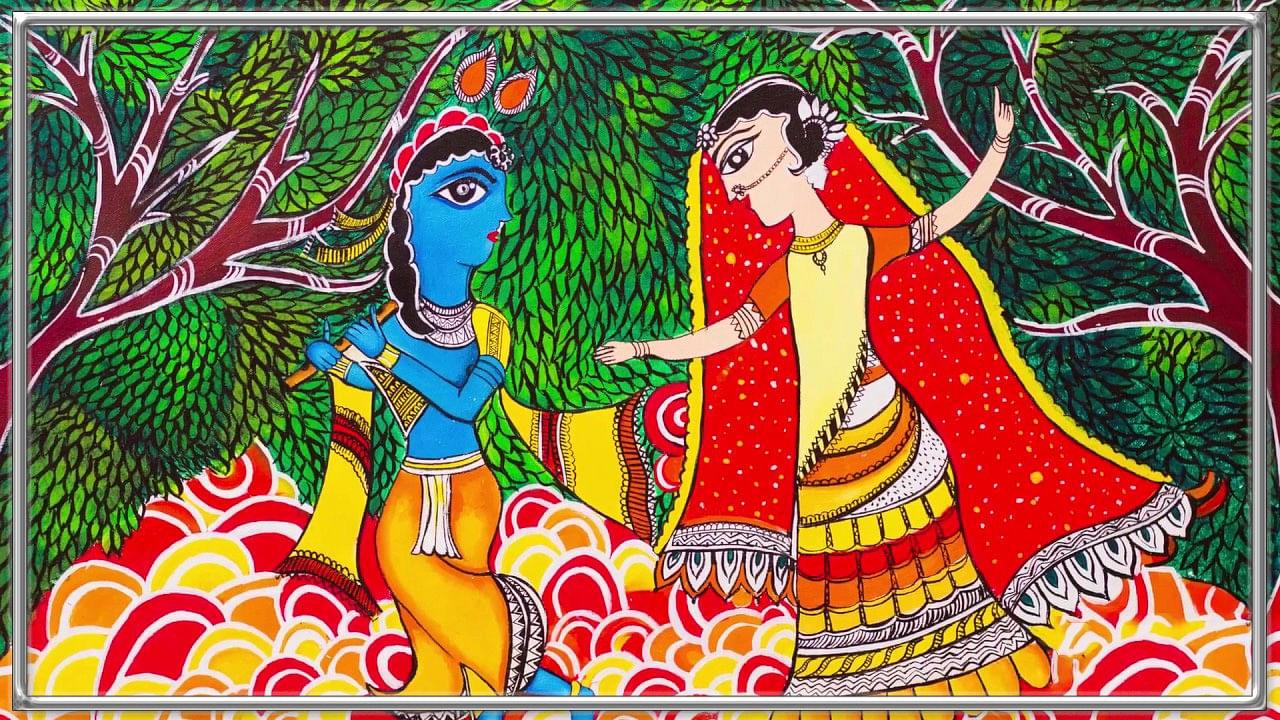Elements of Indian music are certain basic components that go onto formulating the Indian classical music. These are- the devotional element, fixed composition and improvisation and the verbal syllable.
Shruti
Shruti is the musical pitch from which all the other notes of the Indian music are derived. Derived from the word shru, shruti mis any sound that can be distinctly picked up by the human ear. Musically speaking, shruti is the smallest interval of the pitch audible to our ears.
The sounds of shruti fall within the raga and there are 22 such distinct sounds known so far. These can be classified as Tivra, Kumudwati, Manda, Chandobati, Dayabati, Ranjani, Raktika, Raudri, Krodhi, Bajrika, Prasarini, Priti, Manjari, Kshiti, Rakta, Sandi-pini, Alapini, Madanti, Rohini, Ramya, Ugra and Kshovini.

A deeper study reveals that shruti is the interval between two notes. This again is determined by the auditory reception. The term Shruti has also been misunderstood in certain areas. Due to inflexions in certain raagas, the listeners perceived a sharpened of flattened version of an existing note. Some scholars of music have attempted to fit perceived new tones into the non-contextual Bharata's 22 shrutis.
Also Read: All About Indian Dances and Dance Apparels
Raag
Raag is the prime most element of a musical composition. Derived from the Sanskrit word ‘Ranja’, it is a combination of notes that delights and soothes the mind. There are numerous types of Raagas, like - Multani, Jaunpuri, Gaud, Sorath, Maand and Pahadi, Ahiri, Gurjari, Asavari, including several others. Raaga utilizes the entire range of the octave, starting with Aroha and ending in Avaroha, where the singer culminates the recital.
A Raag should always have at least 5 notes and should most necessarily always contain Sa and either from Ma and Pa. the tonal centres of Raag are called Vadi and Samvadi. The Vadi-Samvadi does not substitute for the importance of the tonal center Sa in a Raag, and do not always function the same way for each rag. Raag combines sounds with the ‘varnas’ or syllables. These varnas must include aroha and abroha.

It was an ancient belief that the raag should be performed only at aspecific time and season as that somehow influences the natural disposition of any individual. These raags emote different sensations at different periods of the day.
The Raagas for the diurnal period are called Dinegeya or Suryamsa Raagas, whereas for the nocturnal are called Ratrigeya or the Chandramsa Raagas. And the sub-divisions are named as Sandhiprakash Raagas - the Raagas sung during the twilight, Pratah-Sandhi Raagas - the Raagas sung during the transitional period of night and morning. It is also stated that a day is divided into eight Praharas, or the quarters or watches, each lasting for three hours. And the Raagas that are sung are divided according to the importance of the notes in every one of them.
Alap
Alap is the analysis of the raag. It could be the opening note of a raag or could go on for even an hour. It is typically the opening note of a North Indian classical performance. In an instrumental performance and dhrupad alap is highly emphasized.
Alap is performed by the musicians in a schematic fashion with fluctuations now and then called jor and jhala. Many researchers of music have come up with defined stages of these scheems of the alap. These are- Vilambit, Madhya, Drut, Jhala, Thok, Lari, Larguthav, Larlapet, Paran, Sath, Dhuya, Matha and Paramatha- 13 stages in all.

An alap can be both with words (anakshar) and without words (sakshar). Alap is invariably accompanied by a musical instrument.
Alap can have various forms- with rhythm or without it. These forms are essentially Swar, Rag, Poornnag and Auchar.




